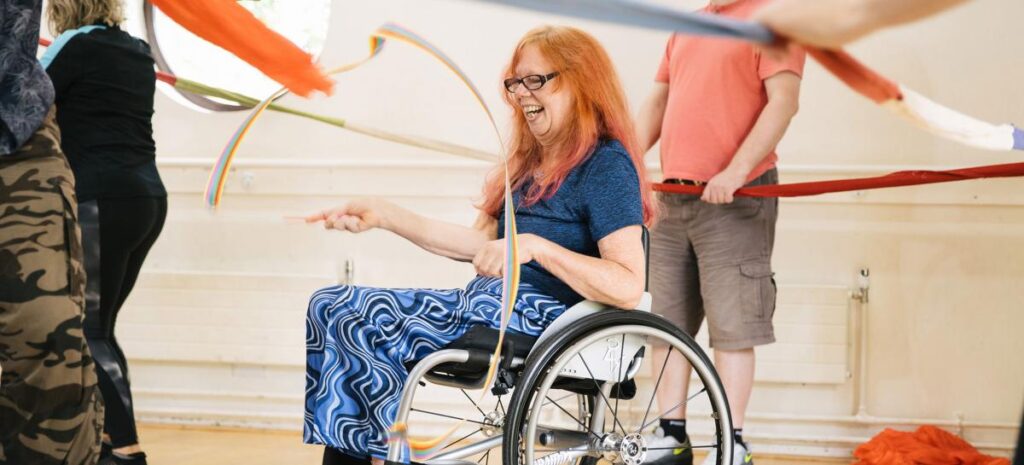Muscular dystrophy
Muscular dystrophy (MD) comprises a collection of genetic conditions marked by a gradual decline in muscle strength and deterioration.. It affects people of all ages, races, and genders, impacting their ability to perform everyday tasks. In this post, we delve into the different types of muscular dystrophy, their symptoms, and current treatment options.
Types of Muscular Dystrophy
Duchenne Muscular Dystrophy (DMD):
DMD is the most common form of MD, primarily affecting boys. It is caused by a mutation in the dystrophin gene, leading to the absence of this crucial protein that helps maintain muscle integrity.
Typically, signs of the condition manifest during early childhood, typically between the ages of 3 to 5 years old. Children with DMD often have difficulty walking, climbing stairs, and may exhibit calf muscle enlargement.
Life expectancy for individuals with DMD has improved with advances in care, although it varies depending on the severity of the condition and the quality of treatment.
Becker Muscular Dystrophy (BMD):
Like DMD, BMD arises from genetic mutations affecting the dystrophin gene. However, the symptoms are milder and progress more slowly.
Individuals with BMD may not show symptoms until later in childhood or even into adulthood. They may experience muscle weakness and fatigue, particularly in the legs and pelvis.
Myotonic Dystrophy (DM):
DM stands as a prevalent form of Muscular Dystrophy observed frequently in the adult population.
. It affects both men and women and has two subtypes: DM1 and DM2.
Symptoms of DM include muscle stiffness, weakness, and myotonia (prolonged muscle contractions).
This type of MD can also affect other systems in the body, such as the heart, eyes, and gastrointestinal tract.
Facioscapulohumeral Muscular Dystrophy (FSHD):
FSHD is characterized by progressive weakness and wasting of the muscles in the face, shoulders, and upper arms.
Symptoms often appear in the teenage years or early adulthood. Individuals with FSHD may have difficulty raising their arms, smiling, or closing their eyes fully.
It is caused by a genetic defect that leads to the improper expression of certain genes in muscle cells.
Limb-Girdle Muscular Dystrophy (LGMD):
LGMD affects the muscles of the hips and shoulders, leading to weakness and wasting over time.
There are several subtypes of LGMD, each caused by mutations in different genes responsible for muscle function. Symptoms usually manifest in late childhood to early adulthood and progress at varying rates.
Symptoms and Diagnosis:
Common symptoms of muscular dystrophy include:
Progressive muscle weakness
Muscle wasting (atrophy)
Difficulty walking or running
Contractures (muscles and tendons becoming permanently shortened)
Breathing difficulties (in some forms, like DMD)
Diagnosis often involves a combination of physical exams, genetic testing, electromyography (EMG), and muscle biopsy.
Treatment and Management
While there is currently no cure for muscular dystrophy, several treatments and interventions aim to manage symptoms and improve quality of life:
Physical Therapy:
A crucial part of managing MD, physical therapy helps maintain mobility and flexibility. It can also prevent contractures and improve posture.
Braces and Mobility Aids:
Orthopedic devices such as braces, wheelchairs, and scooters can assist with mobility and support weakened muscles.
Medications:
Corticosteroids like prednisone can help improve muscle strength and delay disease progression in some types of MD.
Other medications may target specific symptoms, such as heart medications for cardiac complications.
Respiratory Support:
As MD can affect the muscles needed for breathing, some individuals may require respiratory support such as ventilators, especially in advanced stages.
Research and Clinical Trials:
Ongoing research into gene therapies, stem cell treatments, and other innovative approaches offer hope for future treatments.
Participating in clinical trials can provide access to cutting-edge therapies and contribute to advancing MD research.
Conclusion
Muscular dystrophy is a complex group of genetic disorders that present significant challenges for individuals and their families. While there is no cure yet, advances in research and treatment options are improving outcomes and quality of life for those living with MD. Increased awareness, early diagnosis, and comprehensive care are essential for managing symptoms and maximizing independence. Through continued research and support, the hope for effective treatments and, ultimately, a cure for muscular dystrophy remains strong.

